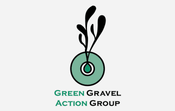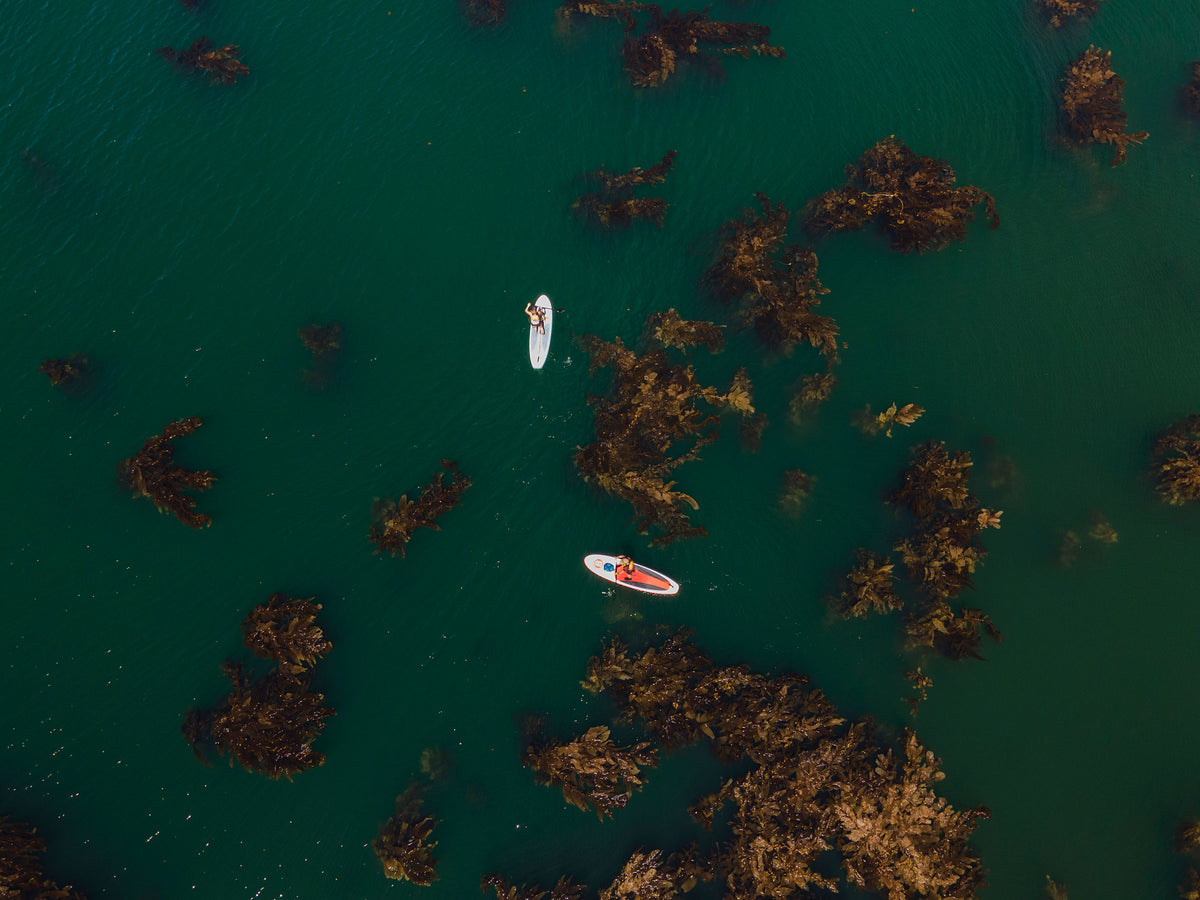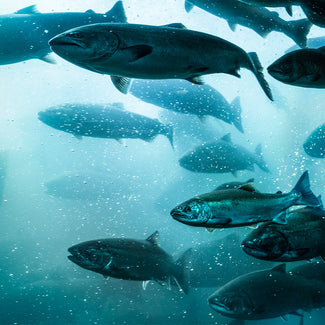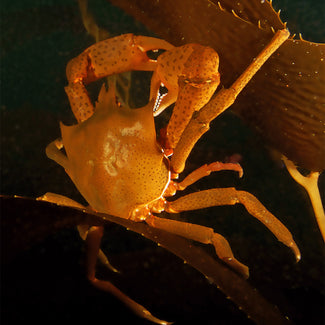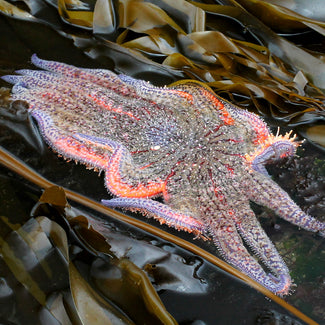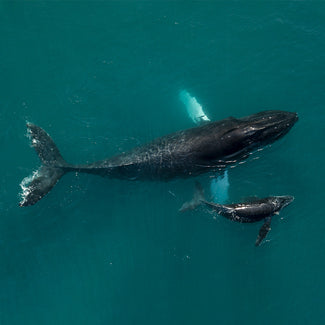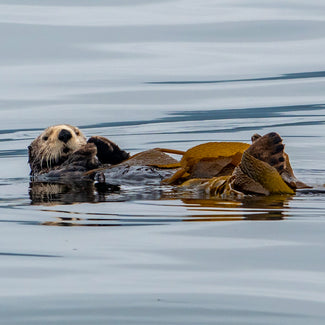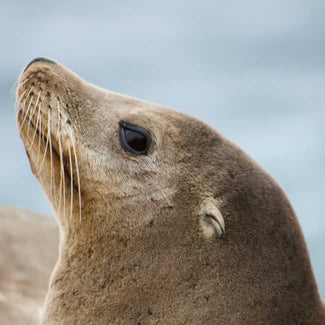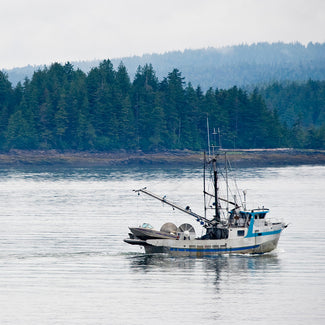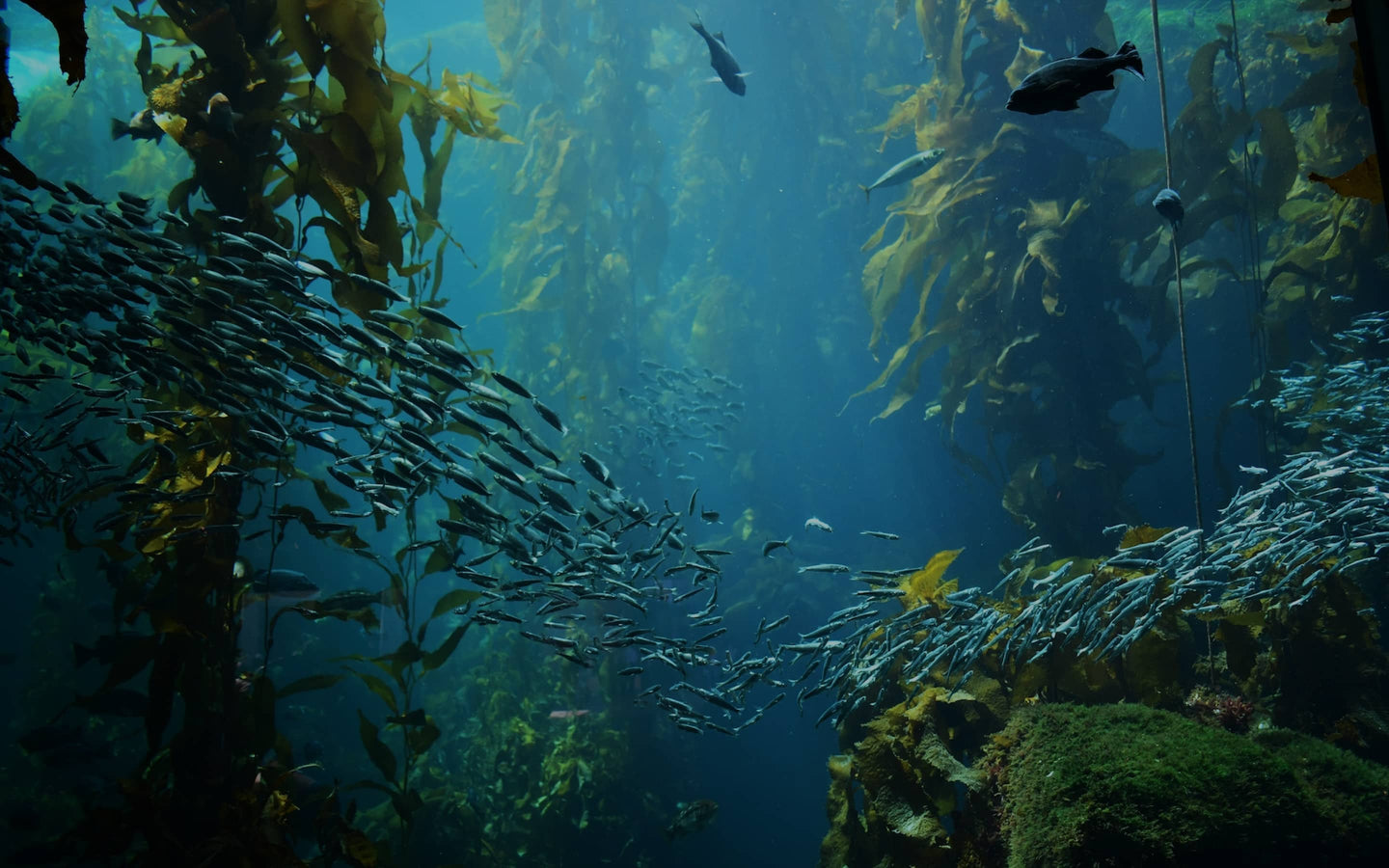
Kelp forests are
vanishing all around
the world. Fast.
We’re developing science-
backed solutions to restore
and strengthen them.
Many of the world’s kelp forests are declining. Over the last seven years, up to 95% of kelp has disappeared in some areas off North America’s west coast.
Increasing water temperatures are killing kelp forests at the surface. And mass die-offs of sea stars mean urchins are killing them from below. The result is a stressed ecosystem that is severely out of balance.

Help the kelp,
and the kelp
will help you.
Just like jungles, healthy kelp forests are rich in life. They provide food and shelter for dozens of species, creating diverse and vibrant marine ecosystems.
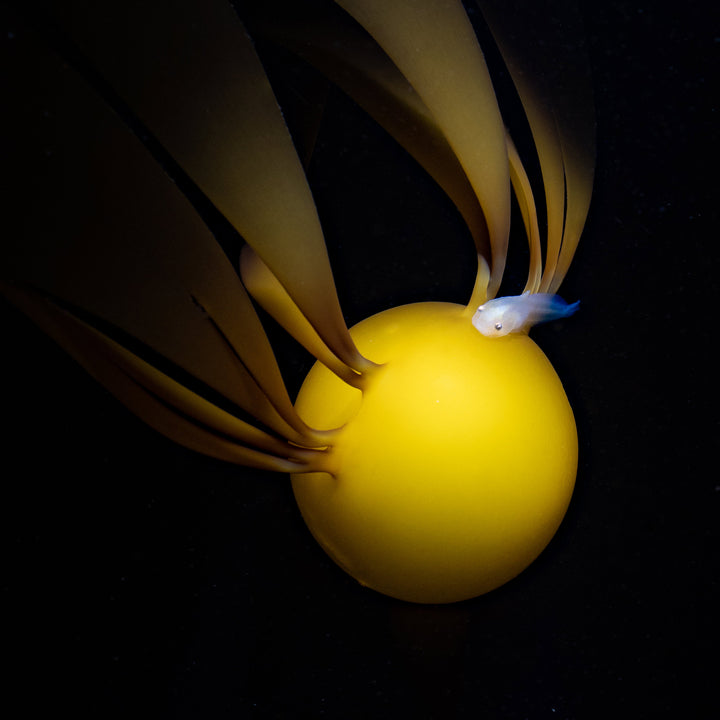
Just like jungles, healthy kelp forests are rich in life. They provide food and shelter for dozens of species, creating diverse and vibrant marine ecosystems.
Fish
Salmon, lingcod, herring, and rockfish depend on kelp forests to find food, hide from predators, and safely lay their eggs for the next generation of fish to flourish.
Crabs and shrimp
Dozens of crab and shrimp species feed on the kelp itself or prey on smaller animals that live in the kelp forests.
Sea stars
Kelp forests are home to species like the giant Sunflower Sea Star, which eat sea urchins that graze upon the kelp, keeping the ecosystem in balance.
Whales
Grey whales visit kelp forests to feast on the abundant krill, shrimp, and crabs that live there. And humpback whales play with floating kelp fronds nearby in a behaviour known as “kelping”.
Sea otters
Sea otters spend much of their lives in kelp forests, which they use as shelter from predators like orcas and to find food like sea urchins and mollusks.
Seals and sea lions
Seals and sea lions use kelp forests to hunt for fish and other prey, and are sometimes found wrapped in kelp to sleep safely hidden from predators.
People
Coastal towns and cities depend on kelp forests for their fisheries and livelihoods, protection from powerful ocean waves, and their potential as a carbon sink in the race against climate change.
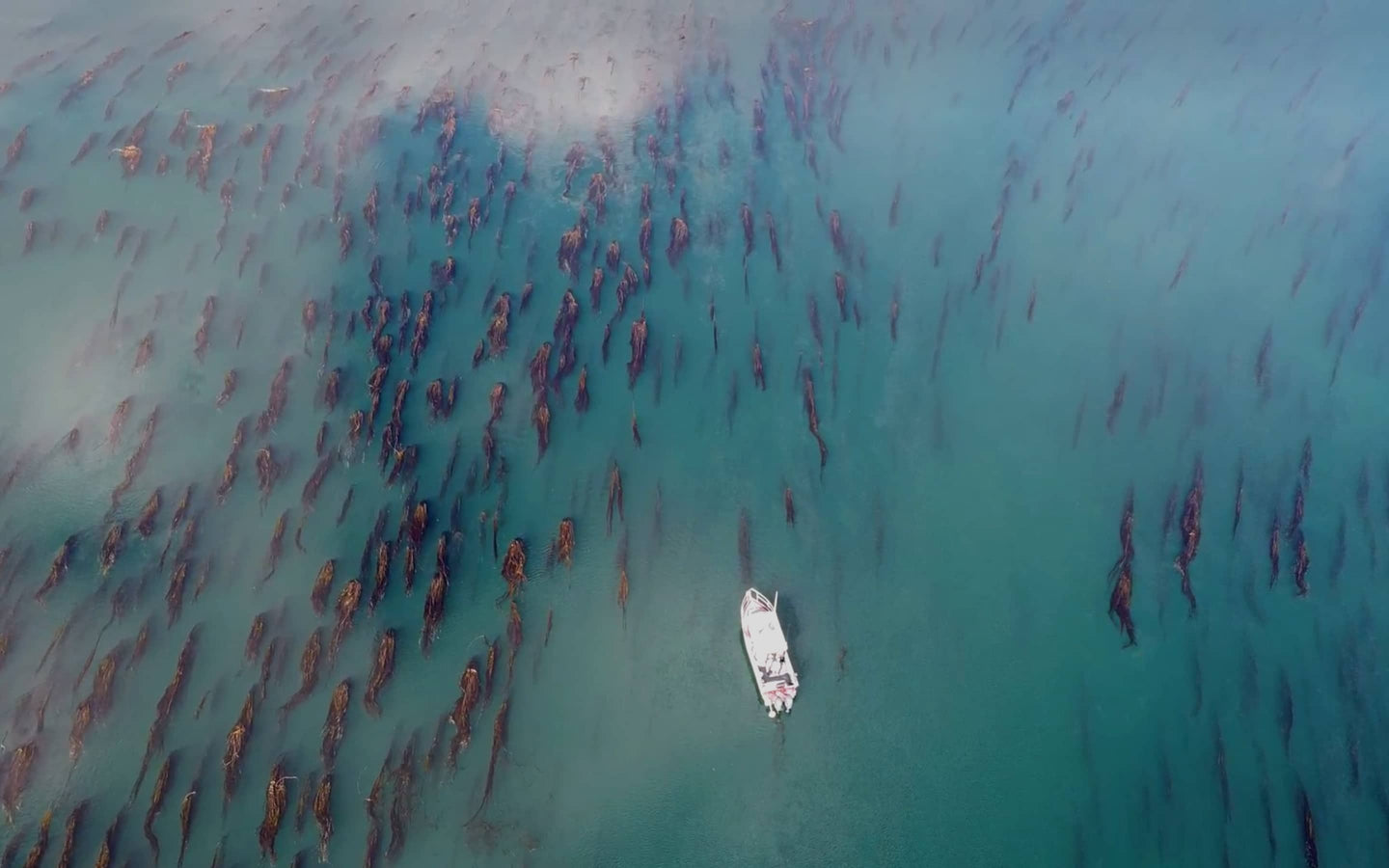
Kelp forests regulate water quality, and reduce acidity in the ocean. They can also protect our coastlines from storms and erosion.
Kelp forests also absorb CO2. Lots of it. Scientists believe it could become a powerful tool in the fight against climate change.
Knowledge
isn’t power until
it’s applied.
Successful kelp restoration starts with asking the right questions, building strong partnerships, and creating scalable solutions.

-
Foundational research
To do, or not to do, that is the question. Through fieldwork, genetics, and state-of-the-art modeling, we’ll gain a better understanding of kelp, the best ways to restore it, and its role in fighting climate change.
-
Strategic partnerships
Some issues are too big to solve alone. We collaborate closely with scientists, policy makers, First Nations, and environmental organizations to help accelerate the development of effective solutions.
-
Application at scale
Science matters, but publishing papers can only be the beginning. We measure our success by the tangible impact we have. Because in the end, all that matters are solutions that help bring back kelp forests at scale — and at a rate faster than they decline.
Kelp forests cover one third of the world’s coastlines. An area 5x as big as all coral reefs.
A quarter of all the world’s kelp species are found along the Pacific coast of North America.
Bull kelp and giant kelp forests create large upright canopies, which provide vast habitats for marine species.
The diversity of kelp on B.C.’s vast coastline is unmatched, and provides unique opportunities for research and restoration.
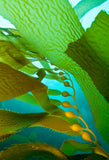
Giant kelp (Macrocystis)
As a widespread and fast-
growing perennial, giant kelp is of particular importance for restoration efforts worldwide.

Bull kelp (Nereocystis)
The annual bull kelp is the largest species found in inshore waters, and can grow up to 100 feet in a single year.
Sciences Centre
British Columbia
Victoria
Scientists to
the rescue
Scientists to
the rescue
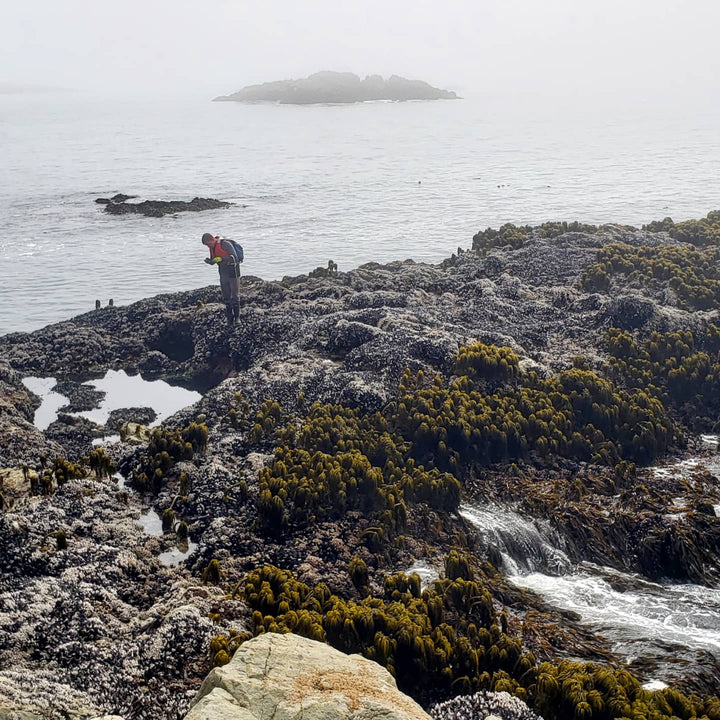
-
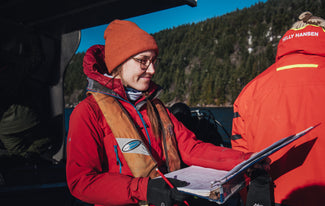
Jasmin’s expertise and leadership in kelp ecology, including experimental, field- and diving-based research are a strong asset to Kelp Rescue’s mandate to restore kelp ecosystems around Vancouver Island. She has led research projects on Canada’s Atlantic and Pacific coasts with a focus on kelp and urchin dynamics.
Jasmin M. Schuster
Program Manager
-
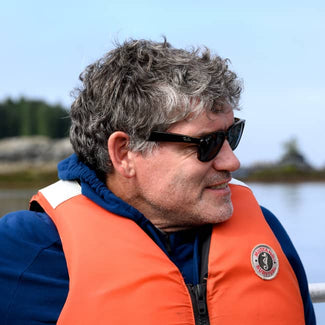
Jon has a background in plant biochemistry and genomics. Before founding The Kelp Rescue Initiative he co-founded a successful cannabis science start-up. He’s witnessed the loss of kelp forests in BC from warming seas, and is passionate about reversing these declines.
Jonathan Page
Founder and Scientific Advisor
Adjunct Professor, UBC
-
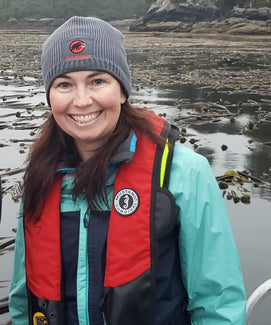
With more than 20 years experience leading conservation-relevant ocean science research, Julia brings her broad expertise in marine ecology, data synthesis, EDI and climate change impacts and solutions to the initiative.
Julia K. Baum
Scientific Advisor
Professor and President's Chair, UVic
-
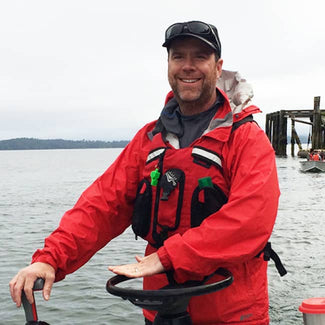
Sean brings more than 25 years of experience leading research in population persistence and adaptation to environmental change. His particular focus is in marine fishes, including pacific salmon.
Sean Rogers
Scientific Advisor
BMSC Director, Professor, UCalgary
-
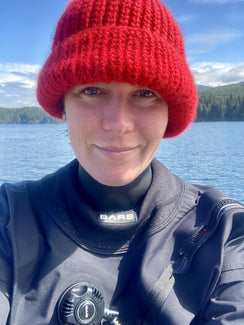
Lauren contributes expertise in marine community ecology, researching responses to disturbance in ecosystems, and restoration field management. She also has extensive experience with scientific diving and planning deep-sea oceanographic cruises.
Lauren Dykman
Kelp Restoration Science Lead
Postdoctoral Fellow, The Kelp Rescue Initiative & UVic
-
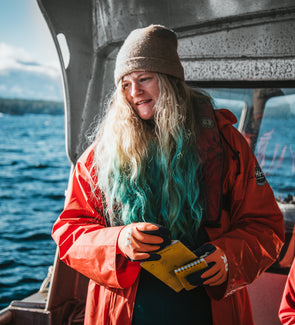
Alex has a diverse background in scientific project management, laboratory operations and fieldwork. She has developed her skills through various positions in aquatic research ranging from stock assessment biologist at Fisheries and Oceans Canada, to algae culture technician at Nova Harvest.
Alexandria Niese
Operations Manager
-
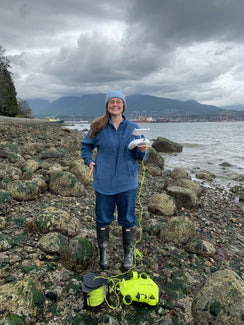
Camryn has a background in kelp physiology and ecology from her coursework at BMSC and time working as a kelp culture technician in the Martone Lab. She is also specializing in ecological restoration at the graduate level bringing a unique skill-set ideal for contributing to the Initiative’s goals.
Camryn Good
Assistant Coordinator of Restoration-Burrard Inlet
MSc. Candidate, Ecological Restoration, SFU & BCIT
-
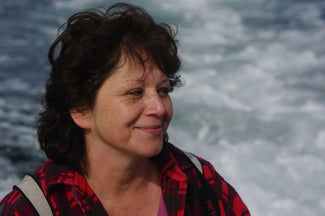
Connie is an elder from the Pune'luxutth Tribe and brings a love for the culture and traditions of all first peoples. With more than 20 years of commercial fishing she has a true love for coastal communities and restoring a healthy ocean. Connie brings experience from working with DFO and Arts & Culture within the Chemainus Valley.
Connie Crocker (Xwulsiim)
First Nations Liaison
-
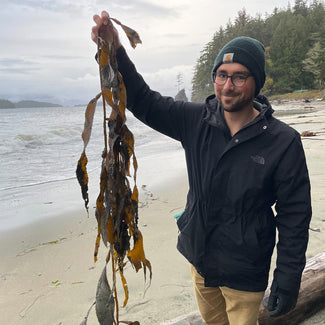
Clay has an M.Sc in invasive species ecology and has previously studied reproduction in intertidal macroalgae. He brings a professional background in lab management, research coordination, and science communication.
Clay Steell
Restoration Technician
-
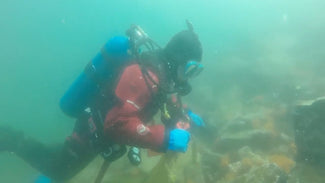
Carolyn has spent the last five years working in ocean education, research, and monitoring. She is excited to be able to apply her background in marine ecology, scientific diving, and boat operating to tackling local kelp conservation.
Carolyn McKinnon
Assistant Kelp Culture Technician
BSc, Dalhousie University
-
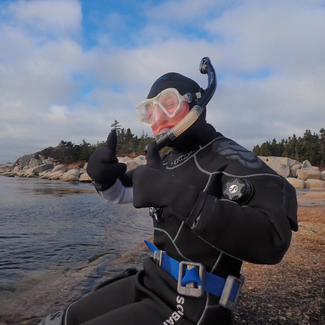
As a new graduate, Hannah brings her knowledge of kelp ecology, science diving skills and passion for marine ecology to the Kelp Rescue Initiative. Her work leading marine research and ocean education programs provides insight into both the lab and community based efforts of the initiative.
Hannah Charness
Assistant Kelp Culture Technician
BSc Marine Biology (Co-op, Honours)
Hannah Schriber
Dive Coordinator
Assistant Diving and Safety Officer, BMSC
Amanda Zielinski
Dive Contractor
CAUS 1 Diver
Rob Zielinski
Dive Contractor
CAUS 1 Diver
Rebecca Benjamin-Carey
Communications Consultant
Commercial Diver and CAUS 1 diver
- Loren Rieseberg
Genomics
Killam Professor, UBC
- Gregory Owens
Genomics
Assistant Professor, UVic
- Natalia Bercovich
Genomics
Research Associate, Rieseberg Lab, UBC
- Jordan Bemmels
Population Genomics
Postdoctoral Fellow, Owens Lab, UVic
- Eric Gonzalez Segovia
Genome Assembly
Postdoctoral Fellow, Rieseberg Lab, UBC
- Fernando Hernandez
Historical Genomics
BRC Postdoctoral fellow, Rieseberg Lab, UBC
- Romina Barbosa
Broughton Area Kelp Conservation
Postdoctoral Fellow, BMSC, UVic
- Brian Timmer
Historical Ecology and Kelp Restoration
PhD student, Baum Lab, UVic
- Matthew Csordas
Species Distribution Modeling
PhD student, Baum Lab, UVic
Tessa Rehill
Sea urchin and kelp interactions
MSc Student, Baum Lab, UVic
Maycira Costa
Broughton Area Kelp Conservation
Professor, UVic
- Samuel Starko
Project Advisor
Forrest Research Fellow, Wernberg Lab, UWA
- Patrick Martone
Kelp Thermal Performance
Professor, UBC
- Varoon P. Supratya
Kelp Thermal Performance
PhD Student, Martone Lab, UBC
Our partners


